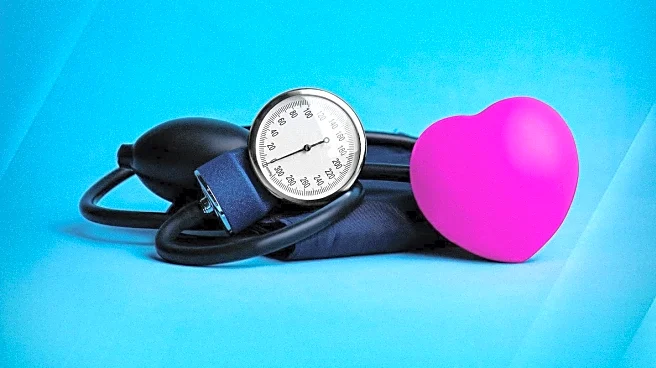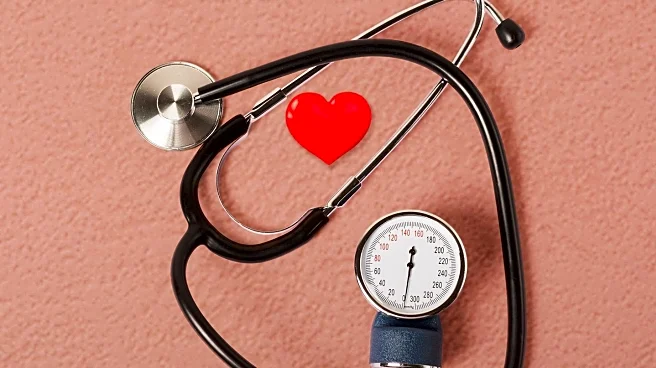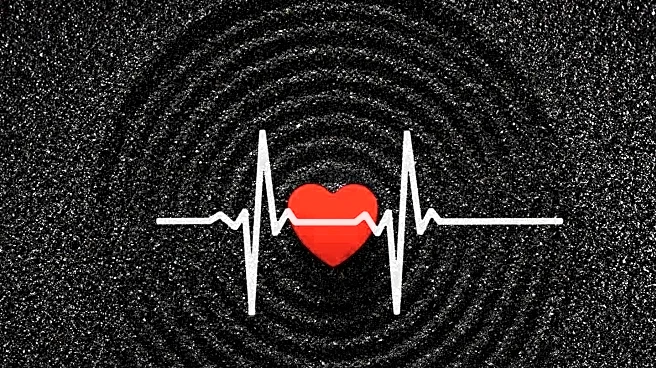Rapid Read • 7 min read
Researchers from the University of Cambridge have discovered inaccuracies in common cuff-based blood pressure readings, which may result in up to 30% of hypertension cases being missed. The study, published in PNAS Nexus, highlights that the traditional auscultatory method, which involves inflating a cuff around the upper arm and listening for tapping sounds as the cuff deflates, often overestimates diastolic pressure and underestimates systolic pressure. The researchers developed an experimental model to better understand the physics behind these inaccuracies. They found that the low downstream pressure created when the cuff is inflated causes the artery to remain closed longer, leading to an underestimation of blood pressure. This discovery could lead to improved health outcomes by adjusting measurement protocols without the need for new devices.
AD
The findings have significant implications for public health, as hypertension is a leading risk factor for heart disease, strokes, and heart attacks. Accurate blood pressure measurement is crucial for diagnosing and managing hypertension effectively. The current inaccuracies in cuff-based readings could result in a substantial number of patients not receiving necessary treatment, potentially leading to severe health consequences. By addressing these inaccuracies, healthcare providers can improve diagnostic accuracy and patient outcomes. The study suggests that simple changes in measurement protocols could enhance accuracy, which is vital for effective hypertension management and reducing the burden of cardiovascular diseases.
The researchers are seeking funding for clinical trials to test their findings in real-world settings. They aim to collaborate with clinicians to refine their calibration models and validate the effects across diverse populations. Additionally, they are exploring partnerships with industrial and research entities to implement changes in clinical practice. If successful, these efforts could lead to widespread adoption of improved blood pressure measurement techniques, ultimately enhancing patient care and reducing the incidence of undiagnosed hypertension.
AD
More Stories You Might Enjoy










